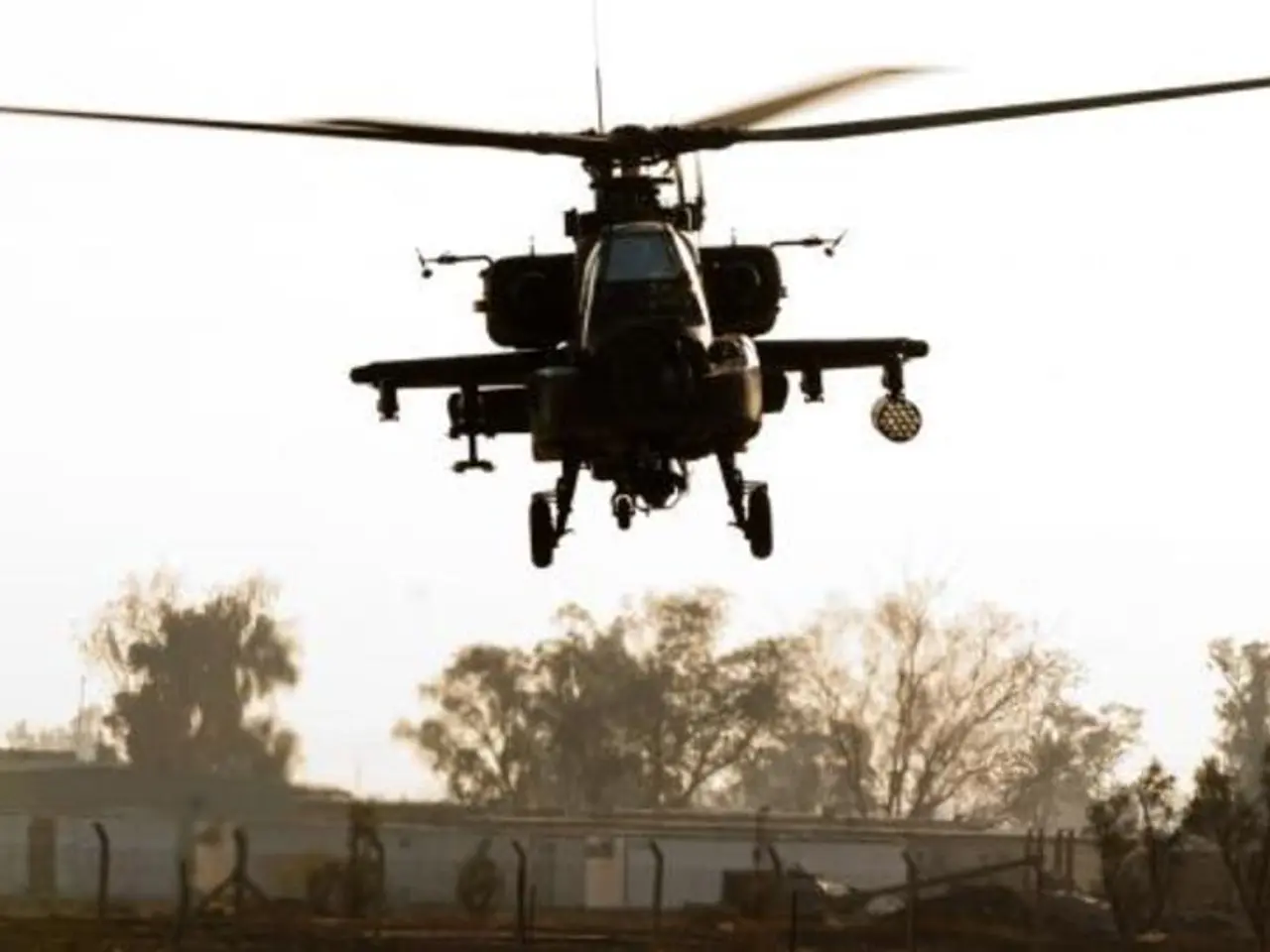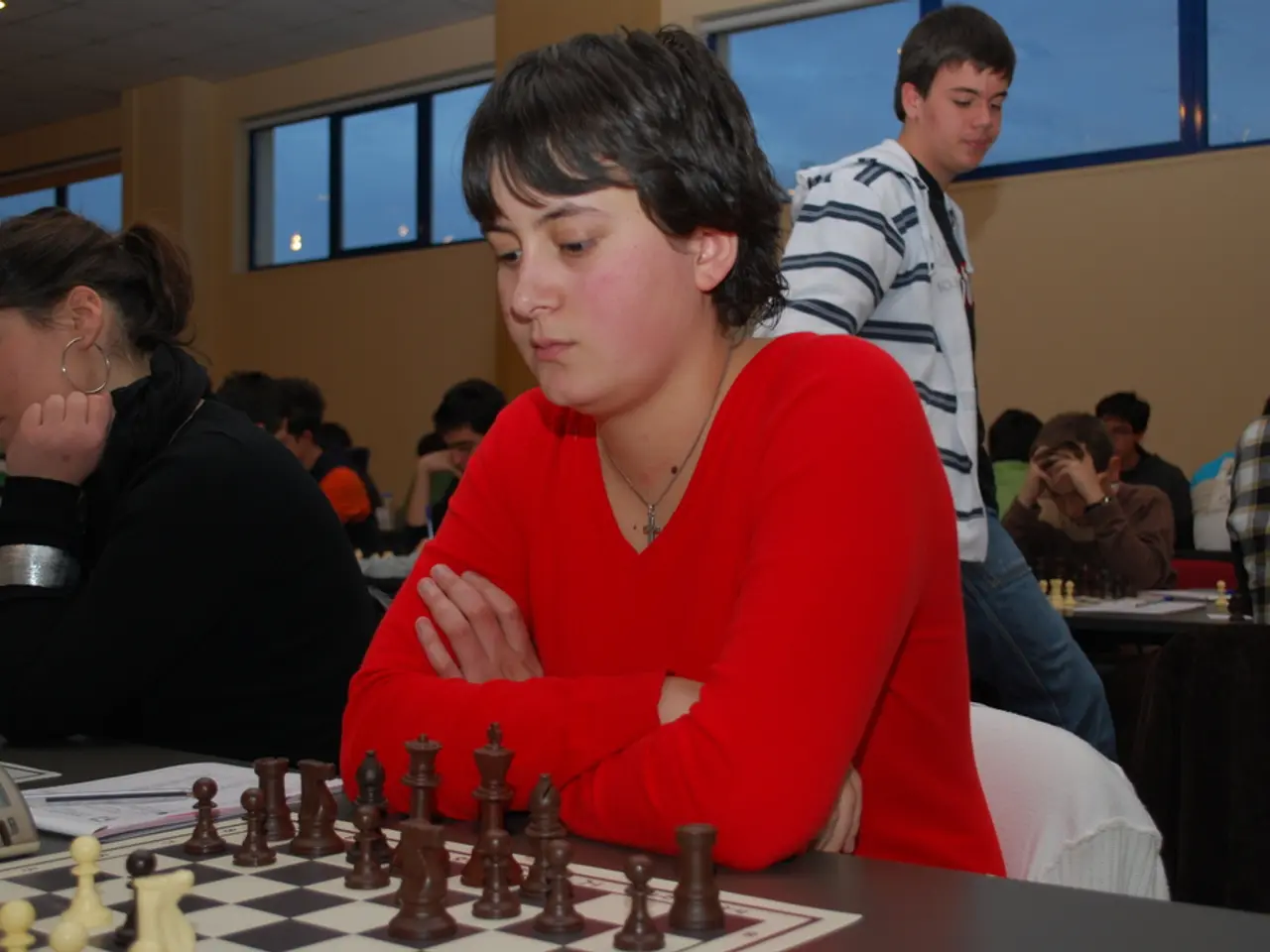US proposes new method for eliminating Russian unmanned aerial vehicles
In the evolving landscape of modern warfare, the focus on specialised rifle bullets designed for taking down drones has gained significant attention, particularly in Ukraine and Russia.
On the Ukrainian front, the development of the "Horoshok" bullets has been a notable advancement. These innovative rounds are engineered to disintegrate into five fast-moving pellets mid-air, combining the range of a rifle with the spread of a shotgun, thus creating an effective aerial net against drones. With an initial velocity of over 800 m/s, these pellets possess a significantly higher velocity than typical smoothbore rounds, enhancing their kinetic energy and effectiveness against robust drones at distances up to 50-60 meters. The Horoshok rounds are compatible with standard 5.56 NATO rifles but cannot be used with suppressors or certain flash hiders due to potential malfunctions.
The primary goal of the Horoshok rounds is to enable infantrymen to quickly react to aerial threats by using their existing rifles, thereby simplifying logistics and enhancing anti-drone capabilities. When hand-loading ammunition, soldiers were advised to alternate these new bullets with standard or tracer ones.
In contrast, the development of anti-drone bullets by Russian forces remains more experimental, with specific design details less clear. However, the emergence of such bullets suggests a focus on enhancing ground troops' capabilities to counter drones. One such example is a 5.45mm caliber bullet, fitted with a heat-shrink tube and containing four shotgun pellets, designed to scatter and hit drones. The use of this specific bullet design by Russian forces remains uncertain.
Comparatively, the design philosophy of the Ukrainian Horoshok rounds is more detailed and publicly disclosed, emphasising a segmented projectile for increased effectiveness. The operational flexibility offered by the Horoshok rounds allows quick changes between drone defense and traditional combat roles without needing additional specialized weapons. Furthermore, Ukraine's development process has been more transparent, with clear goals and design principles aimed at widespread adoption by infantry units.
The proliferation of optical fiber drones has necessitated both sides to find new ways to physically destroy them, as they are immune to electronic warfare countermeasures. While both Ukrainian and Russian forces are seeking safe ways to destroy these drones, the development of specialised rifle bullets like the Horoshok rounds offers a promising solution for engaging strike drones from a safer distance than trying to neutralize the threat with a shotgun.
In the sphere of politics and general news, the development of specialised rifle bullets like the Horoshok rounds in Ukraine is a significant response to the growing war-and-conflicts issue, particularly in nations like Ukraine and Russia. These bullets, engineered to counter aerial threats such as drones, represent a strategic shift in ground troop capabilities. Meanwhile, the development of anti-drone bullets by Russian forces, although more experimental, further underscores the global focus on enhancing ground troops' anti-drone capabilities in the context of modern warfare and conflicts.







